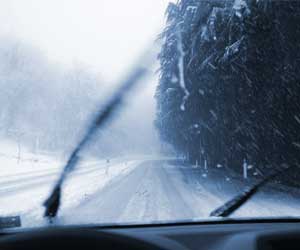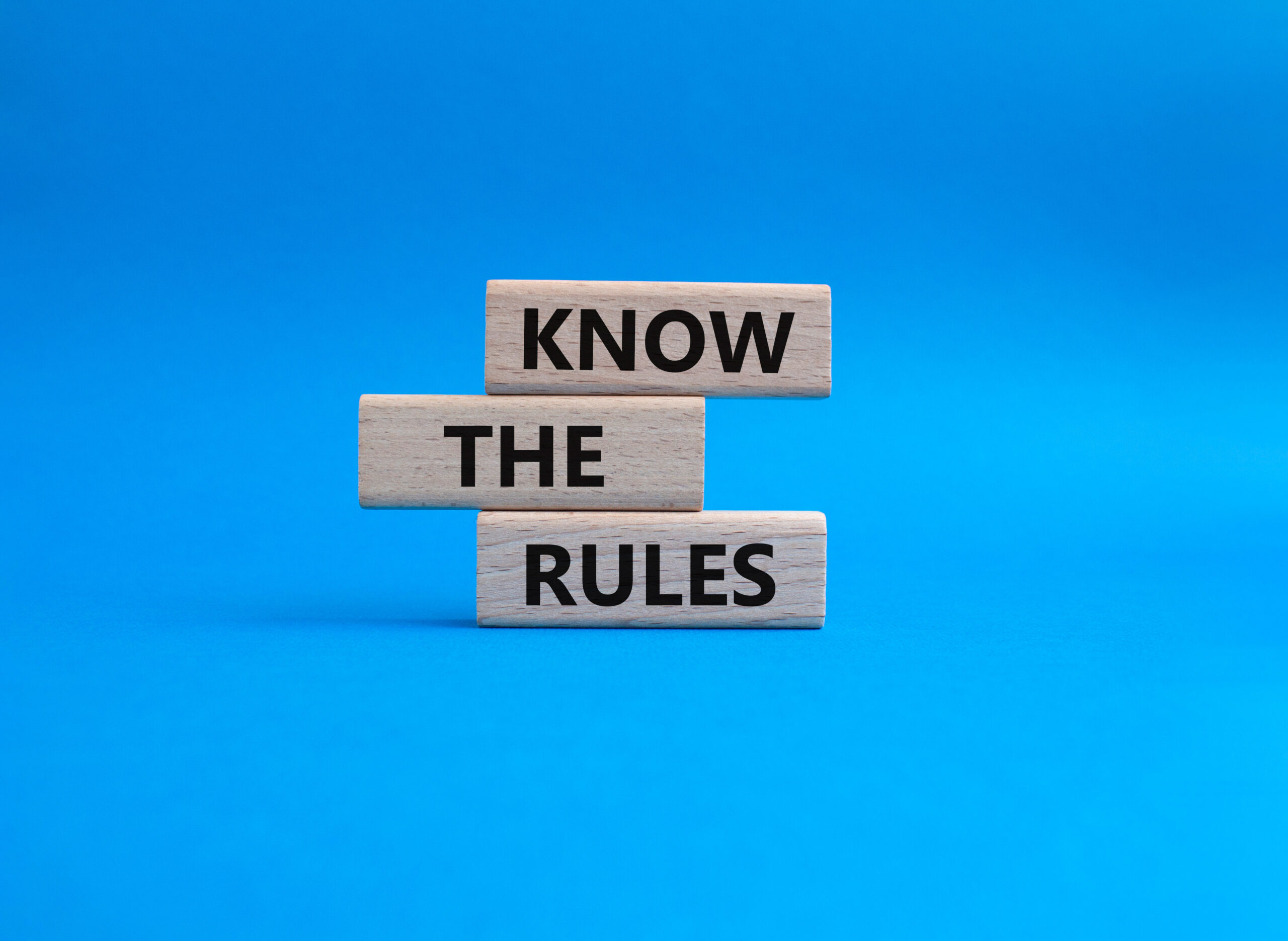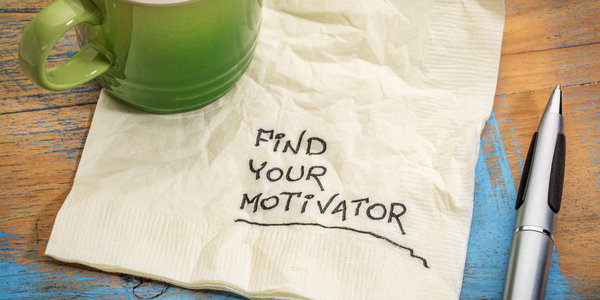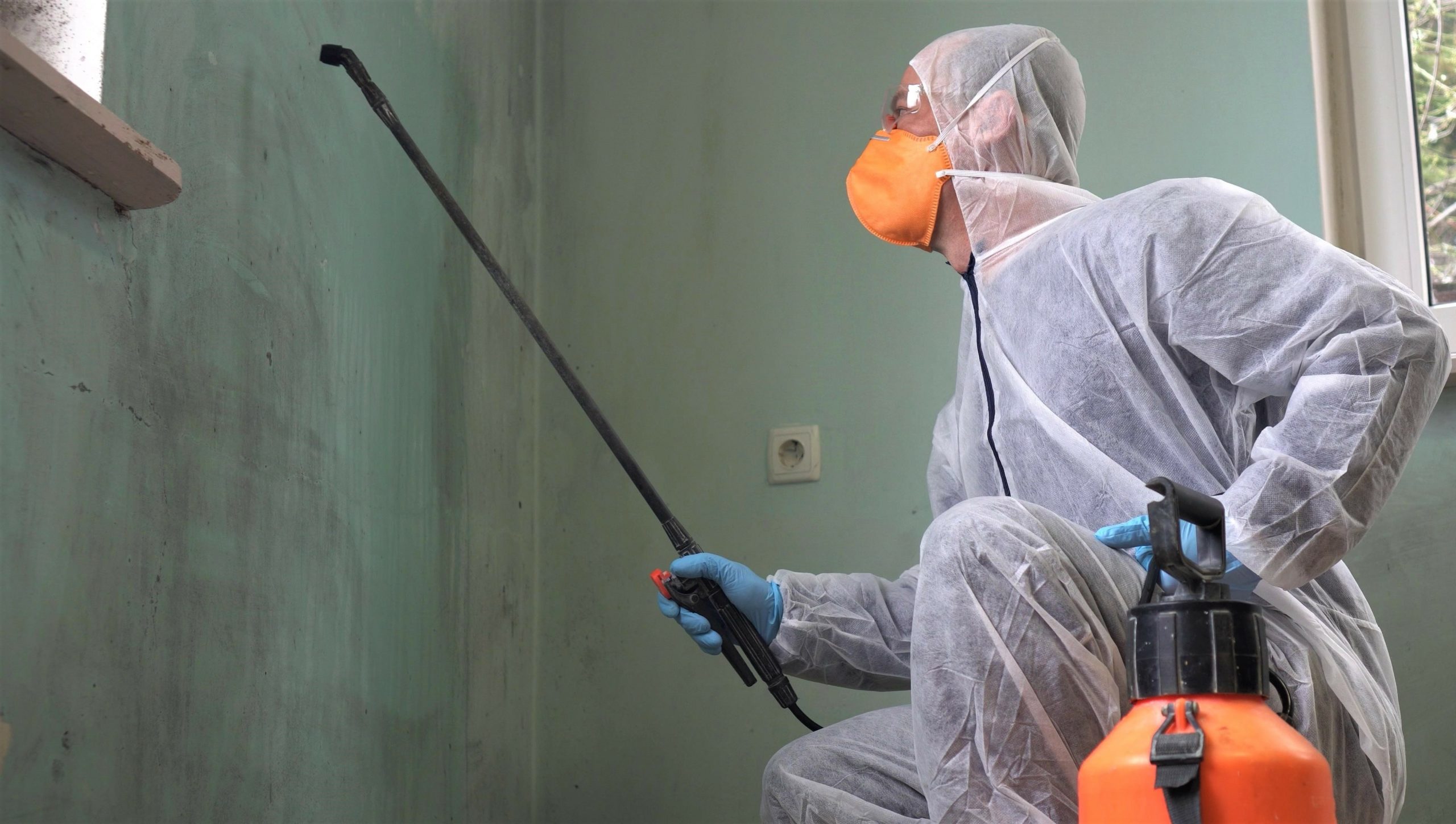Cleaning companies in northern states have some unique weather-related challenges to their operations and cleaning procedures.
As I write this, it is COLD! The high today is expected to be 1°F, the low -17°F and a windchill (how the temperature actually feels) around -20°F to -30°F. All of the rural schools are closed, but Madison and Middleton are not, so our teams are working today. We only close if the Madison and Middleton schools are closed.
As an owner of a cleaning company in a northern state, I encounter things that people in milder climates never or rarely do. Of course it gets cold, and there’s snow and ice in the winter, but what does that mean in terms of operations?
Budget In Extra Drive Time Pay During the Coldest Months
First, you have to think about safety…when you’re walking and driving. We remind our employees on the days when it is snowing, sleeting or slippery that they need to drive slowly and take extra time. We know on those days that we are going to pay extra in drive time; they need to drive slowly or may be stuck in traffic because of an accident. We also keep old weights in the garage, so that people with rear-wheel drive can add some weight to the trunk so their wheels better grip the road.
Train to Winter Safety to Avoid Workers Comp Claims
Shoveling is so important. My husband, Luis Pino, is in charge of shoveling/plowing duty, so the area is clear where the teams are loading their cars. We also remind clients that they need to shovel snow or put salt or ice melt on icy areas for us. When clients drive in and out of their garages, they forget that we have to walk on sidewalks and up steps that have snow and ice. If we encounter icy sidewalks, we walk in the snow next to the sidewalk. Yes, we might bring snow into the entrance of the house, but I would rather have that than an injured employee. And the teams use their extension poles to knock down any icicles that may be hazardous above the door.
Augment Cleaning Procedures to Account for Salt Buildup on Floors
Salt is an issue in homes. Salt is used to melt ice and it gets tracked in on shoes and dries in white streaks. It can be very difficult to get off floors. Regular mopping with floor cleaner will not get rid of it. What I have found to work well is a little vinegar diluted with a lot of water, as long as the floor isn’t made of stone. Don’t use acid on stone!
Bring Your Liquid Products Indoors at Night
Freezing products is a major issue. Our garage, used for product storage at night, is insulated, so we don’t have to worry about this until the temperature drops below 10°F. When extreme cold is predicted for that night, we bring all of the supplies inside where it’s heated, so they don’t freeze solid by morning. Last year during the polar vortex, when the high temperatures were in the negative teens and the low temperatures were in the negative 20s, our products froze the minute they got outside. When the teams got to their houses, they had to run the bottles under hot water to thaw them before they could use them. Just a normal part of the winter day in a northern climate!
Kris Koenig and her husband Luis Pino own and operate Natura Clean, a leader in sustainable green home cleaning in the greater Madison, WI area. Kris has also been featured by the Today Show for her eco-friendly cleaning tips.






